PHILOTHEUS NISCH
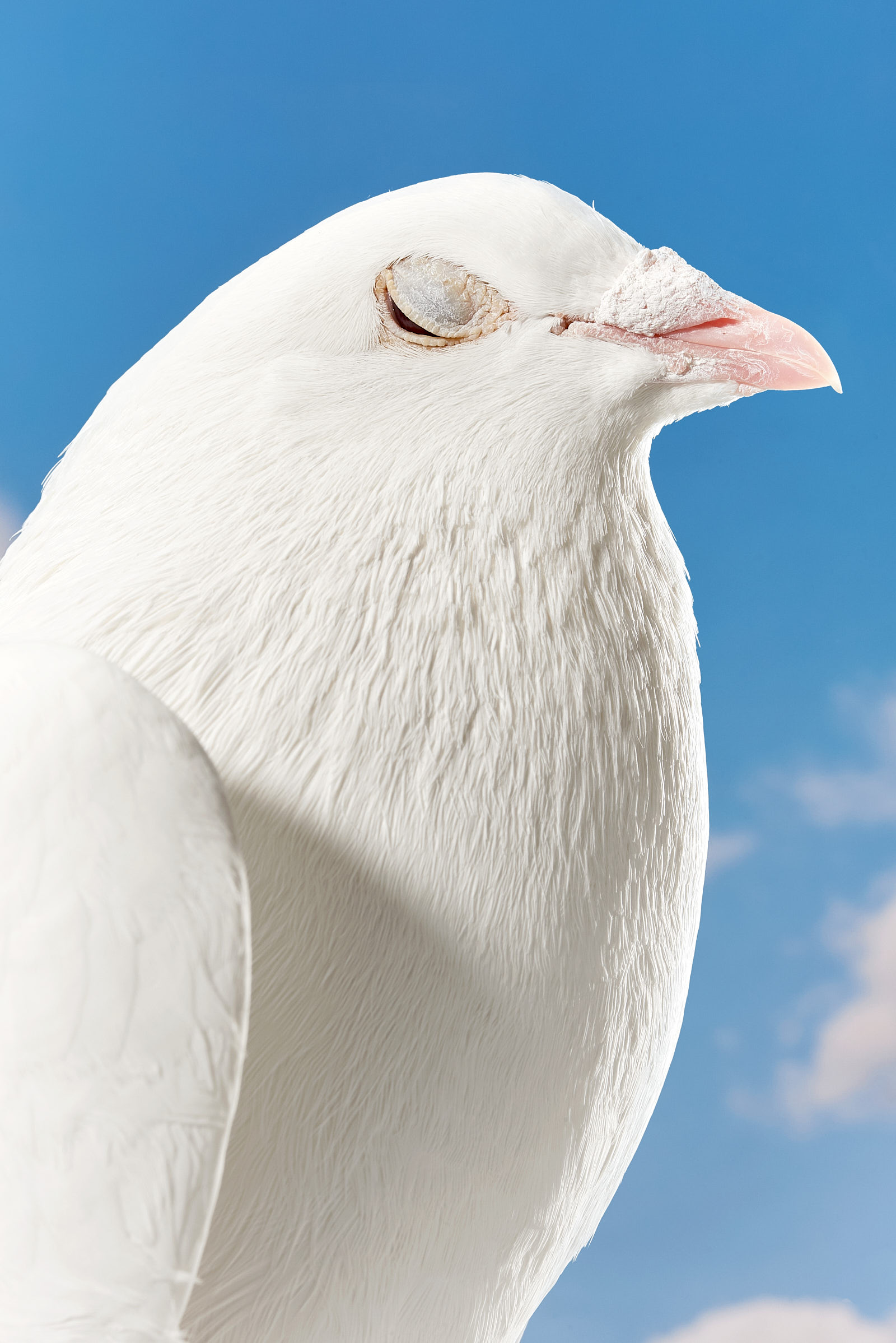
Inspired by ordinary life, dime stores and DIY warehouses , Philotheus Nisch's work starts with everyday objects and transforms them into surreal still-lifes with playful and often political and social underlying narratives. Anything from a burning joint to a plastic straw, Philotheus's work transforms these objects into vibrant and wacky imagery that touch on topics like global warming and legalization of weed. Philotheus recently moved with his studio from Leipzig to Berlin, Germany and his first book titled, B-Sides, is dedicated to highlighting and giving a new platform to his photographic outtakes and leftovers from editorial assignments. Philotheus's clients include Vogue, Zeit Magazin, Adidas, Apple, Reebok and more.
What inspired you to get into still-life versus another style of photography?
I guess doing a lot of still-life photography was rather a process than a conscious decision.
When I go back to my time at art school or even before my friends and I basically understood photography as a tool to document our entire life and time back then.
We would put most of our money towards all kinds of strange cameras and at art school spend days in the darkroom. All the things that happen when you fully delve into something new.
I remember at that time the kind of photography genre didn't really matter to me. Basically every single image felt in a way magical. But occasionally, it happened that instead of documenting the things around me, I started to change or stage situations. Obviously there is no pure documenting anyway, so I liked the thought to reveal and display intervention and manipulation. At that point I built up a little studio in my room and started to create small stories by using and exploring any kind of objects and materials.
You photograph food in a very quirky and humorous way (ie: a cake with cigarettes and a hotdog-spaghetti combo); breaking free from the very traditional way of shooting food. What is the inspiration behind this?
It’s strange because I never aimed to create funny or quirky pictures, but I guess I like to play with expectations and also with visual clichés.
Questioning these things works best with a certain level of irony. Since we are almost constantly exposed to the view of food in everyday life I think it just feels more interesting to not only depict what's usually out there, but also to focus on the weird and surprising aspects here.
Also for me it’s an extra point when people get slightly confused while looking at it and when there is a potential for misunderstanding a picture. Because I prefer that moment myself when I can't tell what a picture is about or what purpose was behind making it.
Mostly this is the moment I'm starting to get interested in a picture. And I guess that's also something I search for in my own pictures: to not only address but also enjoy the misunderstandings of photography. And I guess I like to see my work as something that doesn’t take itself unnecessarily seriously.

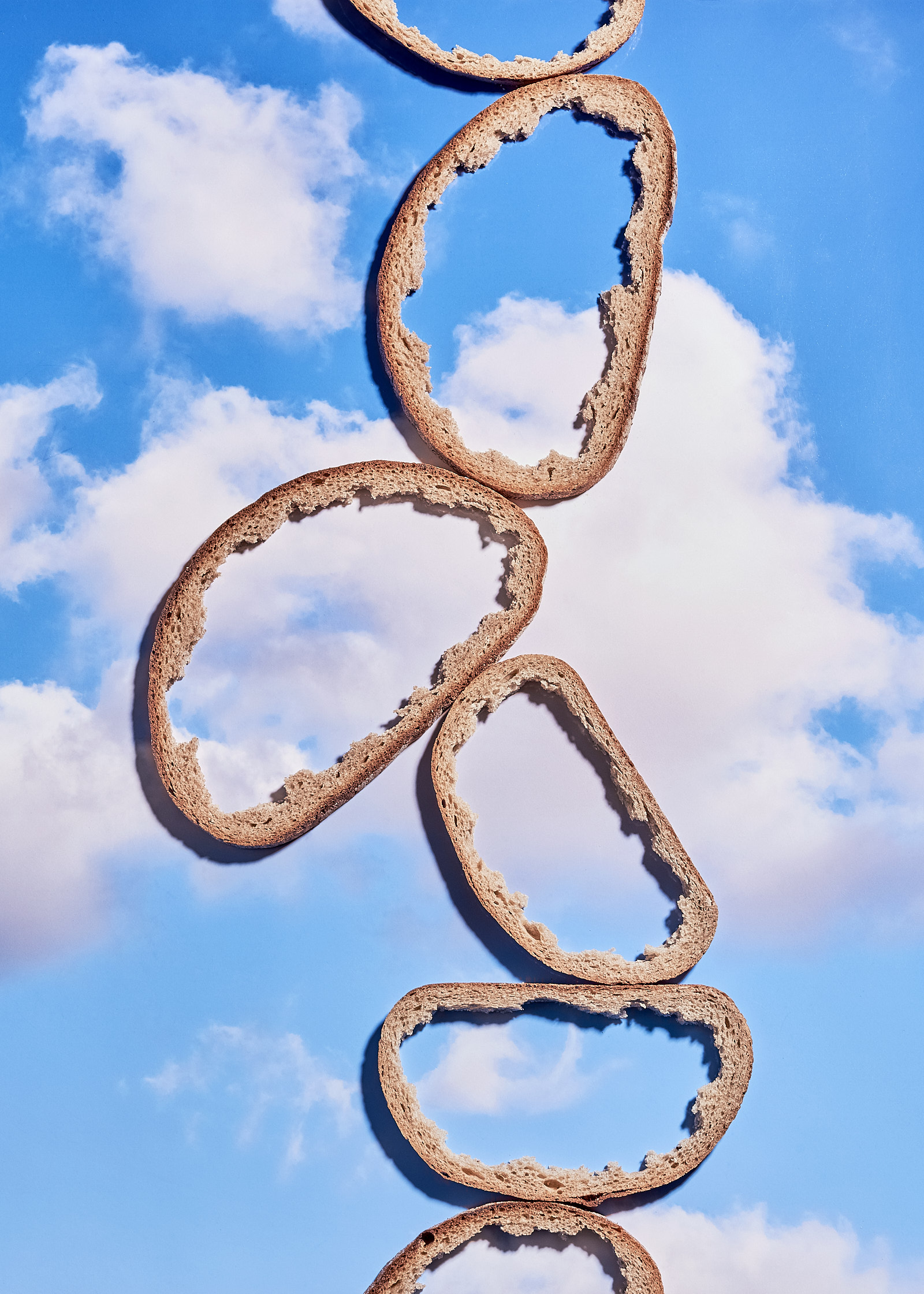
What is the process like working as both the photographer and stylist on set? Are there ever any challenges?
To be honest, this feels very natural to me. For most projects I don't even see it as a challenge, more like an interaction with myself, the set, object & lighting, angle, and so on. When I started photography I didn't even know that there was a job for building a set or styling things. But especially for commercial shoots and also for complex sets it's such a win to have more eyes and hands focusing on particular parts on set.
You have had commissioned work with Adidas , Diet Coke, among many others. Is there a dream collaboration for you?
I'm currently not thinking of any client in particular. Also I still love the process of working on editorials.
I guess I like the surprise of clients that reach out to me, like names or companies you would have never thought of. Looking back at the last years I feel very grateful for all the wonderful people and great projects I've worked with.

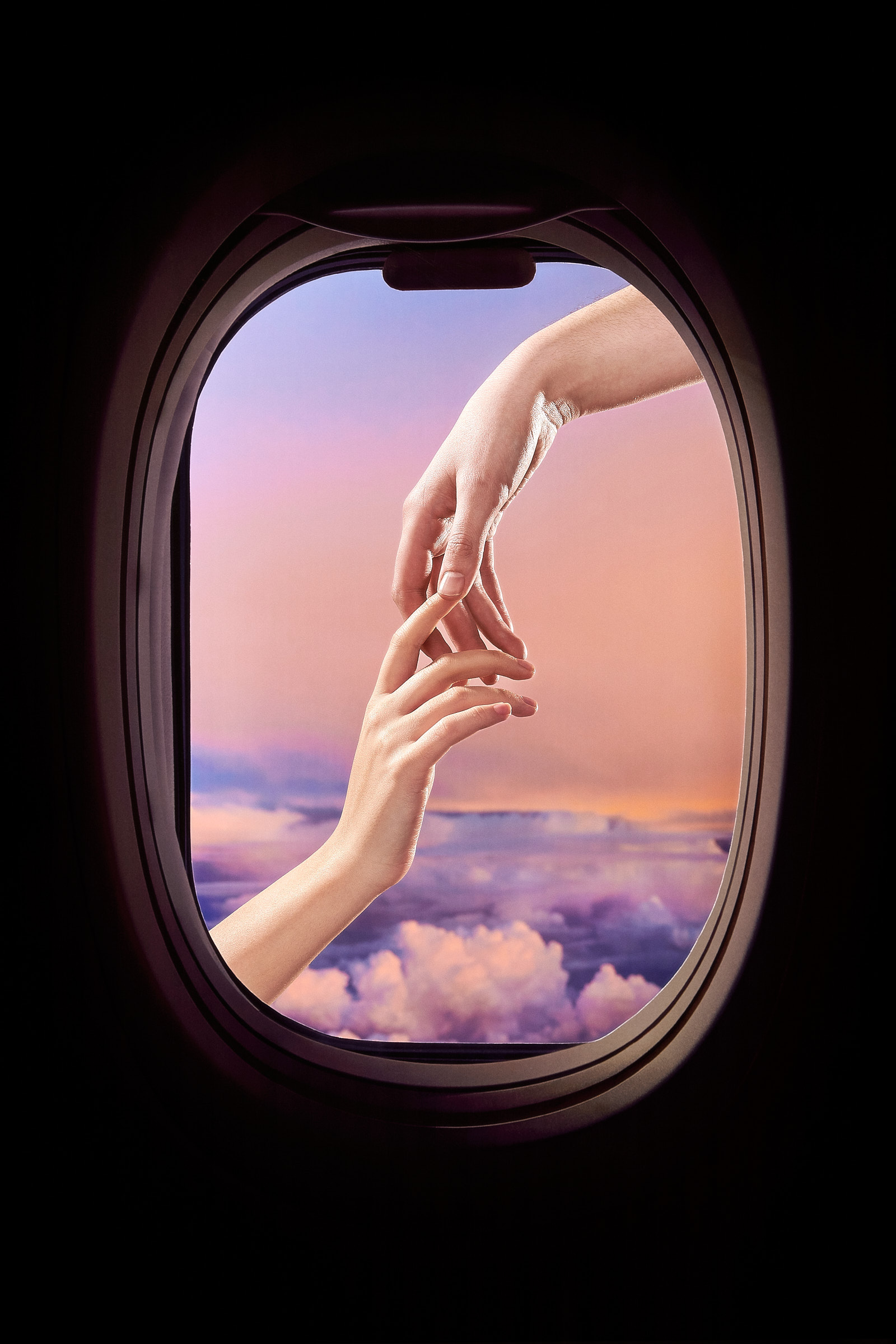
Has anything occured/happened to you recently that has changed the way you look at photography?
I recently took one of my first anaolg cameras that haven't been touched for years with me and it felt like time travelling everytime I push the botton.
Back in the days I only photographed with these analog cameras on film. I realized the immediate process I work today is so important to my results.
Like shooting with a screen beside the set-up, experimenting and changing a lot during the shooting. Sometimes my setups are essentially changing within a few minutes and 1000 pictures later I have a final result on the screen. It sounds obvious but at the same time it felt like a small revelation: Only digital techniqe enables me to work the way I currently do.
Is there a particular type of music or musician that keeps you amped in the studio?
Recently it's been a mix of music and words. I like to listen to talks or podcasts recently, but still music is the main sound while working for me. Depending on my mood and what kind of project I'm working on, I choose different songs or albums.
This week I listened to a lot of Boards of Canada, John Frusciante, Nina Simone, Blood Orange and still the new Kendrick Album. In my teenage years I played the drums in different bands and also wrote and recorded lots of music. Even though I’m not involved in making music anymore I feel like I've learned a lot back then that I somehow still apply to photography. For instance balancing or arranging a composition still feels either visually or in music so relative to each other for me.

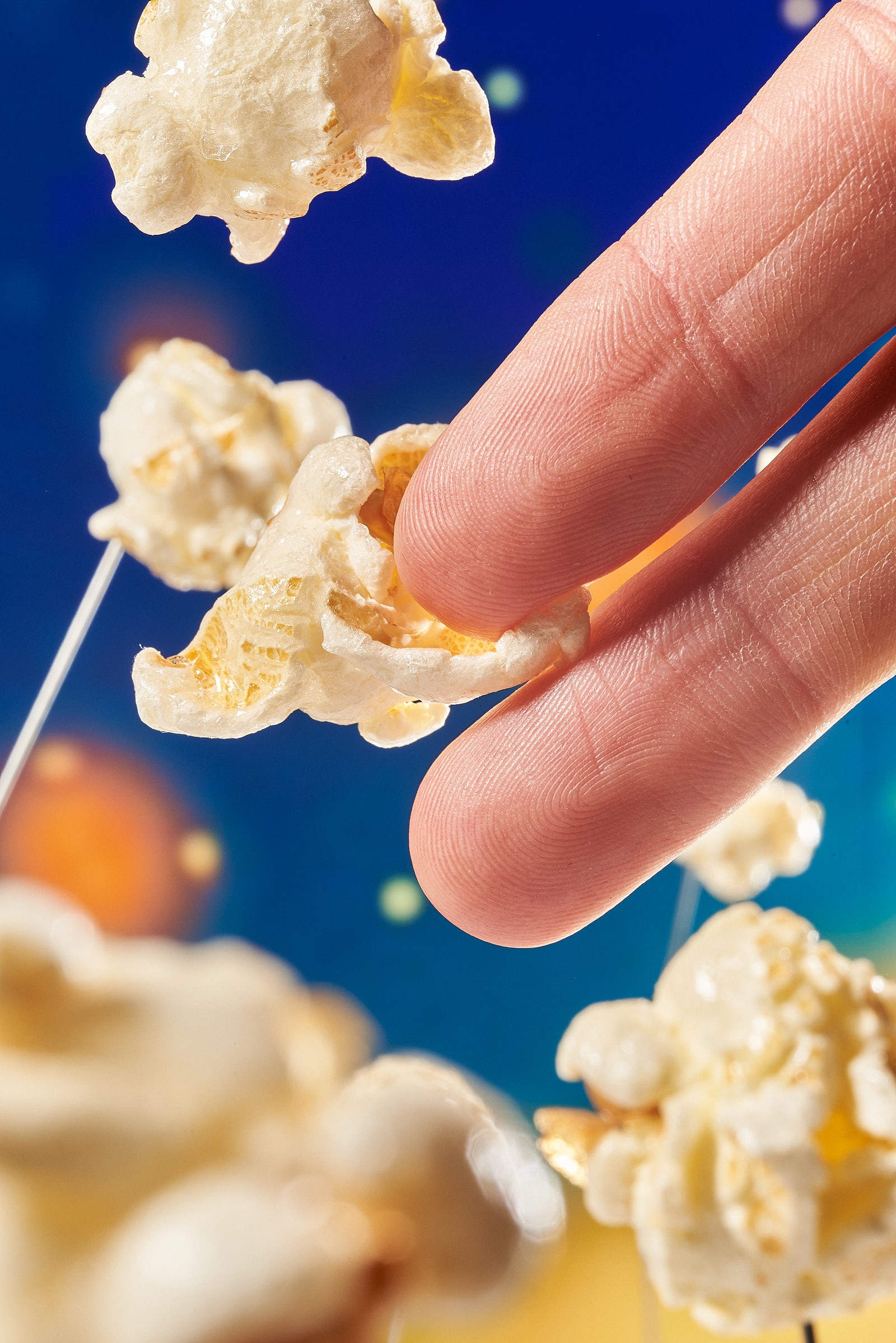

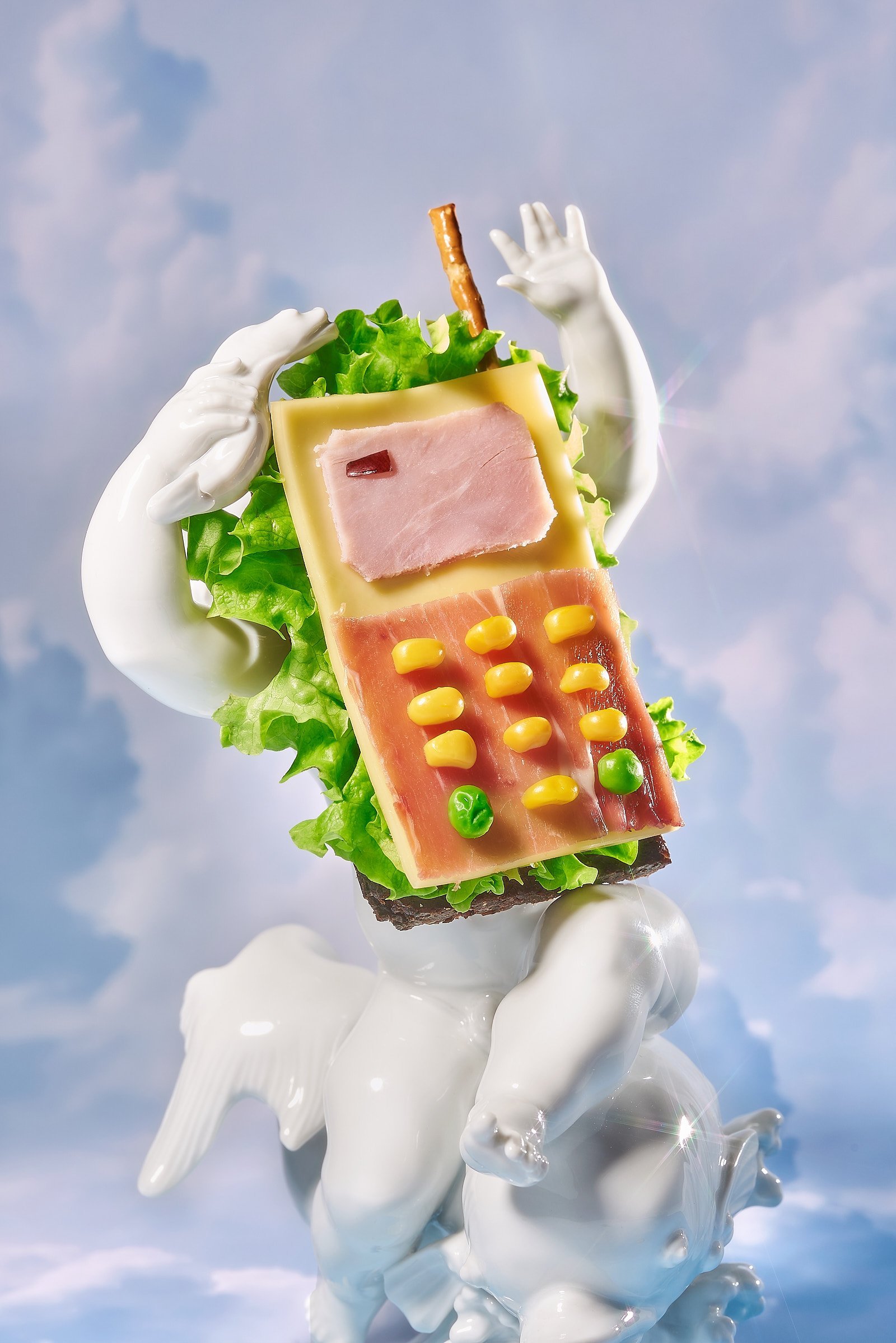

Who are some of your inspirations?
Basically everything and everyone around me. Not only other artists or artworks, but everything that is happening to me or what happens to others. For the most part I think my influences are found in everyday life. I love ordinary and surprising objects, flea markets, building sites, dime stores, walks, as well as being bored sometimes. I think in general I am easily inspired. I have a big obsession for dime stores and especially DIY warehouses. I love to enter those serious amusement parks, filled with people that are searching for tools and materials to fulfill their dreams and desires.
Click here to see more of Philotheus’s work.